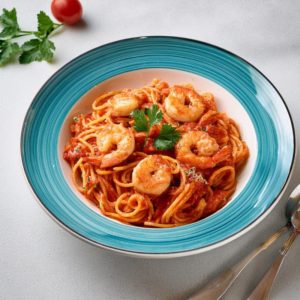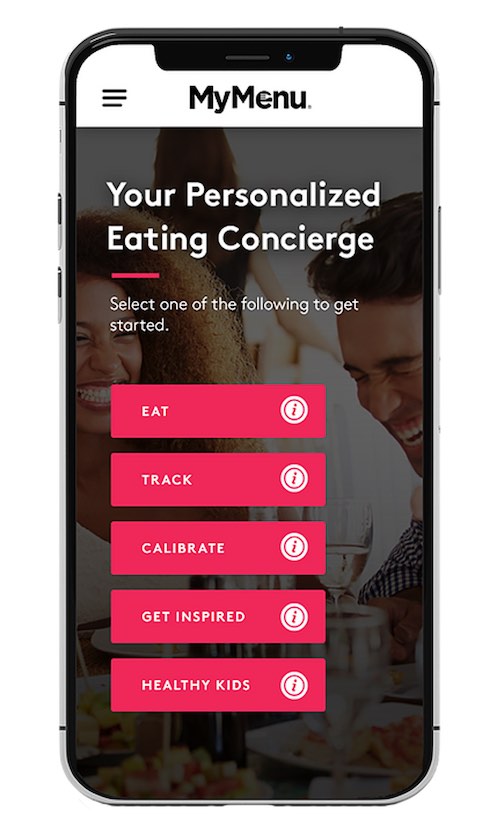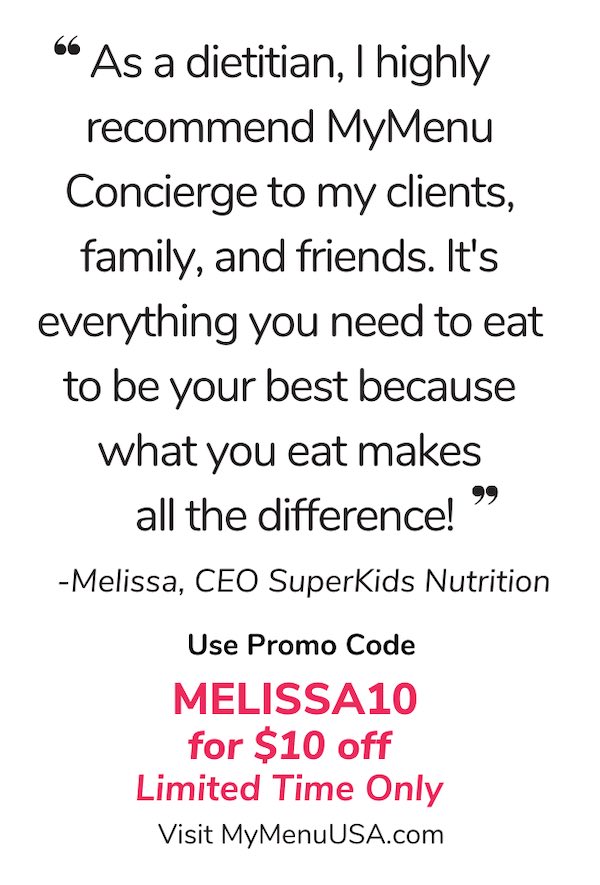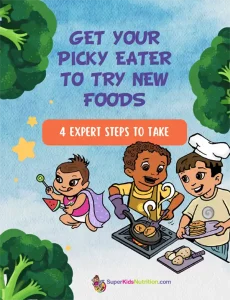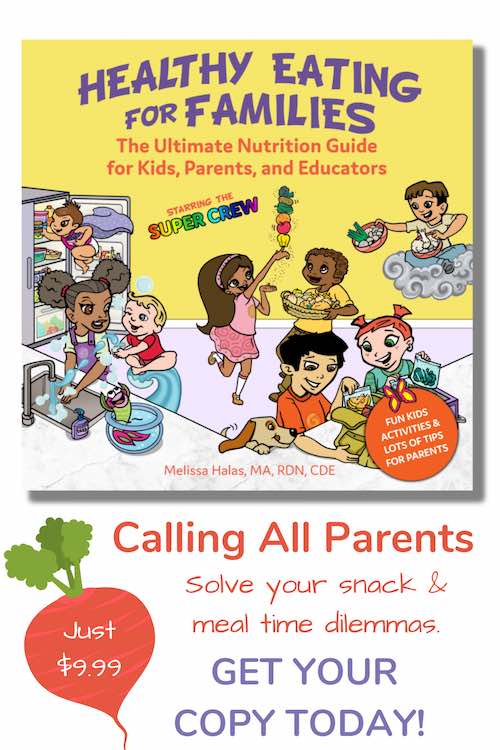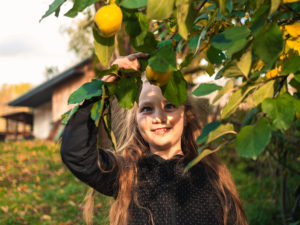
Ultra-processed foods (UPF) and children’s health might not be on your radar. But UPF are sneaking onto kids’ plates in a big way—and it’s more than just the occasional treat.
From 1999 to 2018, the amount of total energy that U.S. youth ages 2–19 got from ultra-processed foods jumped from 61.4% to 67.0%. (1,2) That means nearly 7 out of every 10 calories come from foods, many unrecognizable from their original form. That’s more than two-thirds of their daily calories coming from foods that weren’t even part of our great-grandparents’ vocabulary!
Ultra-processed foods usually don’t offer the right balance of nutrients that growing brains and bodies need to thrive. Instead, many pack in excess sugars, sodium, and unhealthy fats, all while crowding out the fiber, vitamins, minerals, and phytonutrients kids need for long-term good health.
In fact, 58% of daily energy and a whopping 89% of added sugars in the average American diet come from these foods, which often contain industrialized formulations. (3,4) This isn’t just a “diet quality” issue—it’s a public health crisis.
Sure, that “two for $5” snack deal may seem like a win at the store—but is it a win for your child’s health five years from now? As a pediatric dietitian with 25+ years of experience and creator of the Super Crew® characters and the Non-UPF Program, I’ve helped thousands of families reduce ultra-processed foods in fun, realistic ways. So let’s dig in!
What Are Ultra-Processed Foods?
Ultra-processed foods (UPF) are industrial formulations that contain ingredients (i.e., high-fructose corn syrup, modified starches) and/or additives (i.e., flavors, colors, artificial sweeteners) not commonly found in your kitchen. These can include artificial flavors, colors, emulsifiers, preservatives, and texturizers designed to boost shelf life and taste. (5)
Think of UPF as foods that have been altered mechanically or have added chemicals your child’s body doesn’t need, and haven’t been studied for long-term health consequences. In many cases, these foods have been linked to poor health outcomes—from behavioral changes to metabolic dysfunction. (6,7)
Common Ultra-Processed Foods List
Here’s a practical list of ultra-processed foods children are eating:
- Sugary beverages
- Packaged foods with emulsifiers
- Yogurts with modified food starch
- Sauces and dressings with guar gum
- Packaged fruit snacks made with glucose syrup
- Snack foods that contain color additives
- Boxed meals, like some mac and cheese
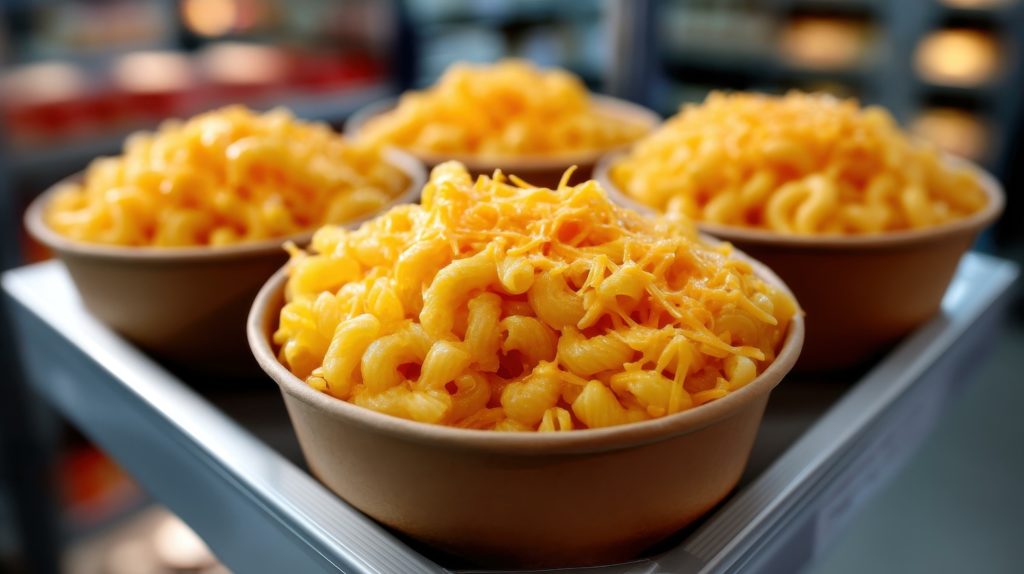
These products are often designed for convenience, shelf stability, and addictive eating experiences, at the cost of nutrition and health. (8) To minimize UPF, add more foods closest to nature each day and build on that. For example, instead of bottled salad dressing with emulsifiers, try making your own with spices, herbs, vinegar, and olive oil.
List of Ultra-Processed Ingredients to Avoid
Reading food labels is your secret weapon for family wellness. Here are some common ingredients found in UPF to look out for:
- Artificial sweeteners (e.g., sucralose, aspartame)
- Flavor enhancers (e.g., natural flavor)
- Emulsifiers (e.g., soy lecithin, polysorbates)
- Color additives (e.g., Red 40, Yellow 5)
- Protein isolates (e.g., soy protein isolate)
- Synthetic oils and fats (e.g., esterified oils)
- Maltodextrin, dextrose, and other ultra-refined sugars and flours
Even if some of these additives appear “safe,” they can still disrupt satiety signals, making it easier to overeat and more complicated for kids to develop a healthy relationship with food. But in reality, most of the ingredients are self-affirmed safe by food companies.
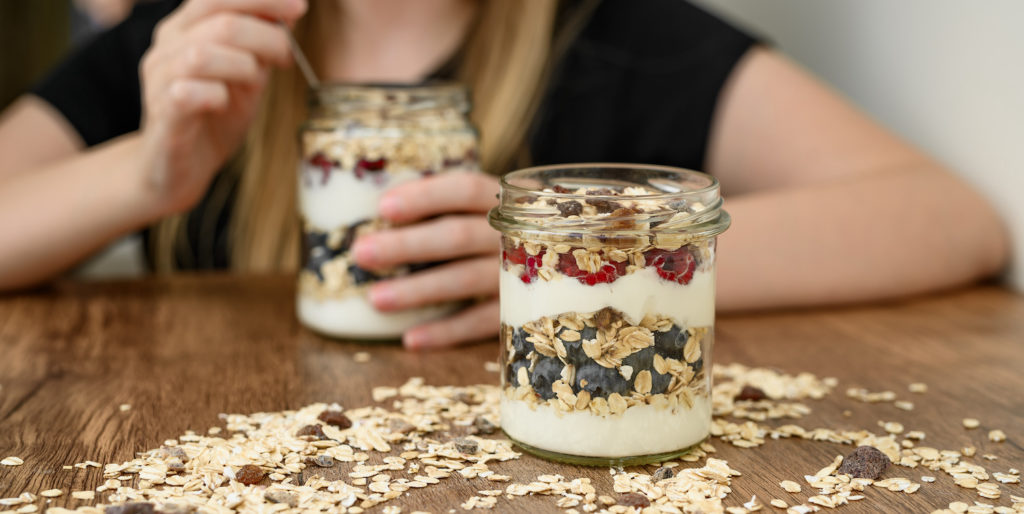
UPF Flooding Grocery Stores
Ten years ago, it was easy to find plain single-ingredient balsamic vinegar that didn’t have guar gum or glucose syrup. These aren’t needed to make the product more stable—search for one without them. There are lots of examples like this where additives make no difference in taste or product quality. That’s why I started The Non-UPF Program—to make it easier for consumers to identify these foods.
Why UPF are a Growing Concern for Children’s Health
Although some ultra-processed foods may help meet some macro or micronutrient needs, this doesn’t offset the risks of additives, some of which are harmful and poorly tested. In addition, increased UPF are associated with lower micronutrient intake in children (see below).
When counseling families and children, I don’t view nutrition through a singular lens of micro- and macronutrients. This type of tunnel vision can lead to serious consequences for our nation’s children. I explain that good nutrition is about more than just the numbers on a nutrition label—it’s about the whole food matrix:
- The overall integrity of the food we eat
- The form the food is in, and how we chew and digest it
- Where and how we eat it
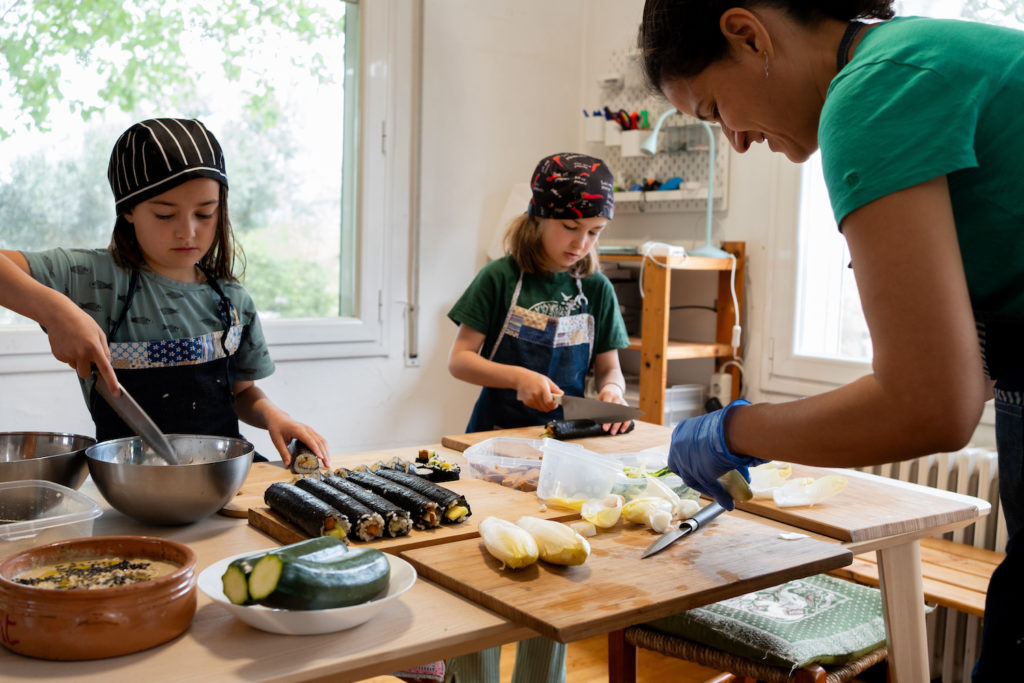
More importantly, ultra-processed foods displace foods in their whole natural form. Remember when it was cool for kids to share apple slices, instead of fruit chews? Why is everything in a package? Globally, we’re seeing this troubling pattern.
According to Pediatric Obesity, 2025, even in low- and middle-income countries, UPF are displacing traditional diets as early as infancy, with serious impacts on stunting, obesity, and lifelong food preferences. (8,9) This is why I believe that addressing UPF should be part of the US Dietary Guidelines. Here is some reasoning behind this:
- Research has shown that higher UPF intake is correlated with learning deficits in children, anxiety, and lower intake of certain micronutrients. (3,10,11) I can see better focus and improved overall health when my clients’ UPF are reduced.
- UPF may shape children’s taste preferences, impact jaw development from soft-textured foods, and set the tone for their lifelong eating habits.
- We want kids to be eating with awareness and mindfulness. There’s a big difference between eating a balanced meal at home on a ceramic plate versus grabbing an ultra-processed snack in the car from a crinkly wrapper, likely coated with chemicals.
Curious about how food dyes can impact kids’ health? Check out my article—originally written 18 years ago and recently updated—highlighting concerns I’ve been raising for nearly two decades.
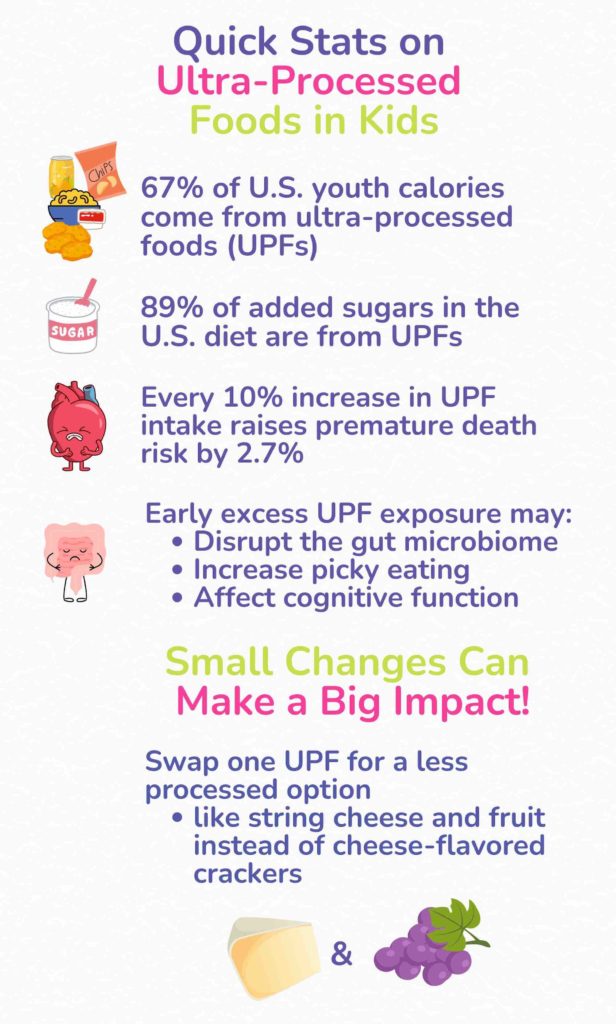
Ultra-Processed Foods and Child Behavior
Over the years, I’ve seen firsthand how reducing UPF and increasing real, whole foods can make a remarkable difference—especially for kids with ADHD, GI sensitivities, anxiety, and even diabetes. In young children who have cardiometabolic risk factors, we see changes in biomarkers and behavior with decreasing UPF.
UPF are often in conflict with good nutrition, which includes:
- fostering food literacy
- embracing mindful eating
- rediscovering the joy of real, diverse flavors and aromas—
It’s not about tracking singular nutrients. It’s about empowering your children with the knowledge and skills to make healthier choices while cultivating practical habits that make whole, nourishing foods both achievable and enjoyable.
I emphasize with my clients that making realistic swaps—like choosing plain yogurt over artificially sweetened versions—rather than attempting overwhelming overhauls, leads to sustained effort and success. Keep it front and center, the concept that small changes really can lead to big improvements.
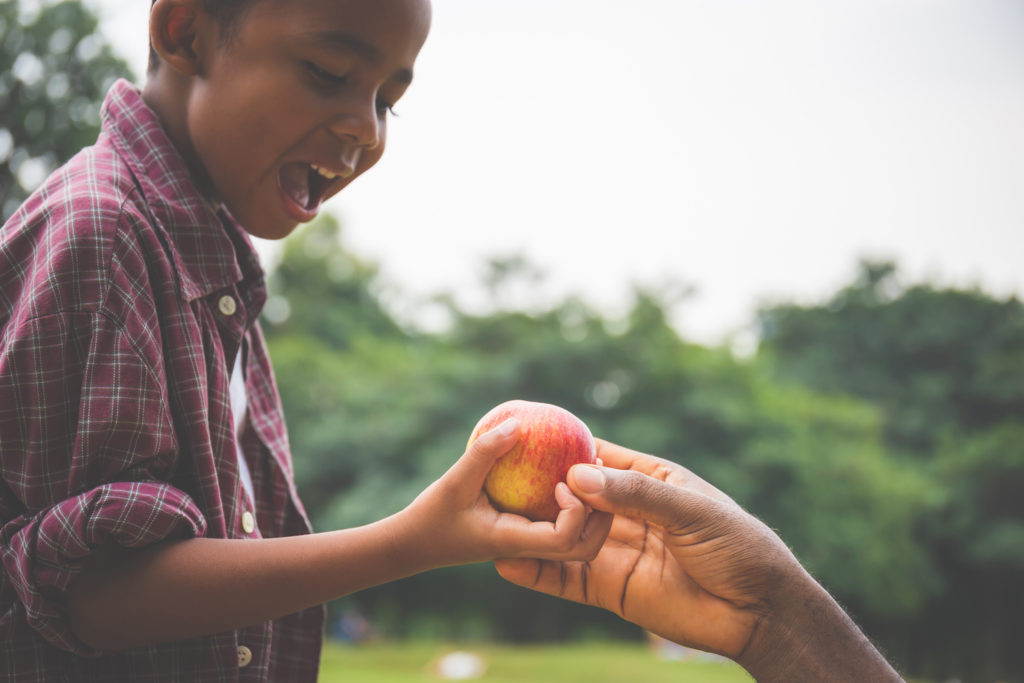
Ultra-Processed Foods: How They Affect Growth, Cognition, and Long-Term Health
Despite their convenience, ultra-processed foods are far more than just high in sugar, salt, and fat—they’re the result of industrial food design that disrupts how children grow, think, and thrive. From interfering with nutrient absorption and microbiome health to crowding out the very foods that support brain development and immunity, UPF present a hidden yet profound risk during early childhood.
UPF Risks and Impact:
- Ultra-processed food ingredients interact with each other
- Impact the gut microbiome
- Disrupt appetite regulation
- UPF can crowd out essential nutrients like:
- Fiber
- Iron, magnesium, and zinc
- Folate, vitamins A, C, D, and B12 (3,9,11)
- Phytonutrients and polyphenols that support immunity, brain health, and disease prevention
As a Pediatric Nutrition Expert, UPF Concerns Include:
- poor cardiovascular health
- a disrupted gut microbiota
- disrupted metabolic programming
- elevated risk for stunting alongside obesity (8)
- cognitive development
- immune function
- growth
- long-term disease risk (12)
What’s most alarming is that the first eight years of life are especially critical for optimal growth and development, and children as young as two may get more than half of their diet from UPF calories.
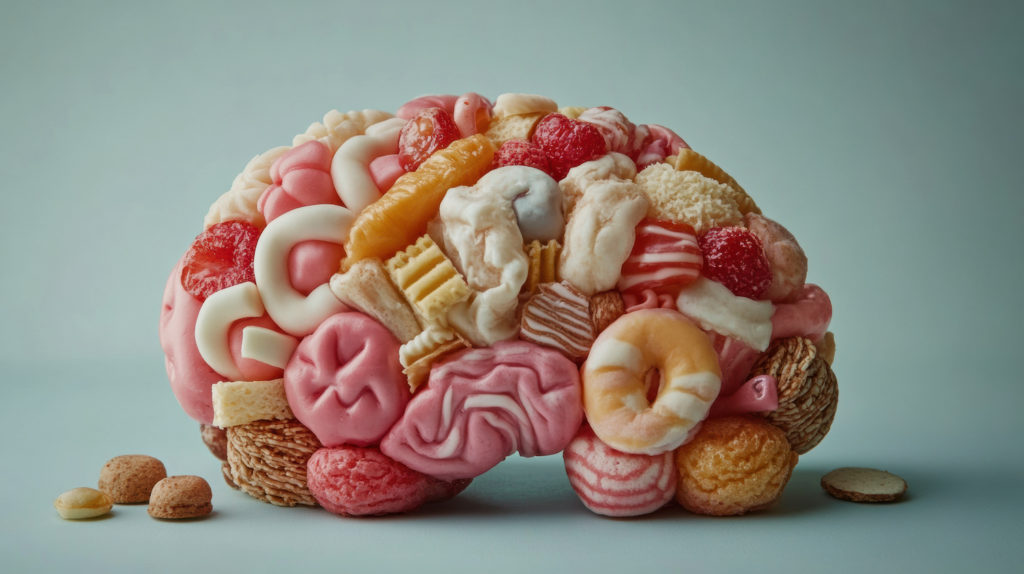
Ultra-Processed Foods Are a Serious Health Risk to Children
Here’s the real kicker: with every 10% increase in UPF intake, the risk of premature death increases by 2.7%, according to a 2025 meta-analysis of over 239,000 participants. (13) In the U.S., that translates to an estimated 124,000 premature deaths annually due to UPF consumption
Let’s get real—ultra-processed foods aren’t just a minor concern. Research shows they’re linked to serious health risks, including:
- Obesity
- Prediabetes and Type 2 diabetes (17,18)
- Hypertension (high blood pressure)
- Cancer
- ADHD, learning, and behavioral concerns (14,16)
- Depression and anxiety
- Autoimmune diseases like Crohn’s (12,15)
In children, I’m deeply concerned about how UPF influence:
- Food acceptance and preference
- Likability of whole foods, natural flavors, textures, and varying appearances
- Jaw development due to soft textures that limit oral stimulation
I’m seeing a noticeable rise in picky eating and avoidant/restrictive food intake disorder (ARFID). This often leads parents to buy more UPF due to texture concerns, worsening the cycle. We also need more government research showing UPF impact on sensory development, making it harder for kids to develop a taste for whole, minimally processed foods.

Pediatric dietitians across the country are working hands-on with families to eat more real foods, support healthy food behaviors, and solve mealtime dilemmas while practicing medical nutrition therapy to help treat, manage, or reverse diseases. We absolutely need more programs led by dietitians that teach about nutrition and healthy eating behaviors, since diet quality is the root cause of most non-communicable diseases.
If you want a deeper dive into the nitty-gritty of what makes a food ultra-processed, check out my article on Melissa’s Healthy Living about UPF or explore how your everyday foods stack up with the Non-UPF Certification Program—the first certification that identifies foods as UPF, developed by nutrition experts with science, simplicity, and consumers like you in mind.
Help Your Family Eat Less Ultra-Processed Food
As a pediatric dietitian, I help families find easy wins. You don’t need a food science degree—just a few tools and tricks. It doesn’t take a complete kitchen overhaul.
Here’s how to start lowering UPF in children:
- Hydrate with water, not sweetened beverages
- Choose naturally nutrient-dense foods like fruits, veggies, whole grains, legumes, nuts, and seeds
- Look for ingredient lists with words you recognize
- Choose whole grains over ultra-refined options
- Proceed with caution for “kids’ snacks”—read carefully through the ingredients
- Opt for plain yogurts and add your own fruit or spice
- Try natural nut butters without added oils or sugar
- Cook in bulk and freeze—future you will thank you!
How to Make Small, Sustainable Changes in Your Children:
- Begin by identifying the ultra-processed foods your family eats most often
- Gradually swap them out for less processed options
- For example, if a child is used to fruit-flavored yogurt with added sugars and thickeners, try transitioning to plain Greek yogurt with chopped fresh fruit
- It’s about decreasing ultra-processed foods overall and making easy swaps and smarter choices within your budget and lifestyle
Healthy Food Swaps for Ultra-Processed Foods in Children’s Diets
When comparing two similar foods, choose the one with fewer additives and more whole food ingredients. You can also commit to reducing processed foods (not just UPF) by creating a simple list of processed foods to avoid that your family can cook together.
For instance, instead of buying precooked grains with additives, try using a pressure cooker to batch cook grains for several days. When buying precooked grains, opt for those without additives and never heat them in the package. Or, swap store-bought tortillas for a fun Sunday cooking activity: making your own! I’m in love with my tortilla press. I mix equal parts water and corn masa, then heat each tortilla in a cast-iron pan while preparing the rest of the meal.
Here are simple healthy food swaps to replace common ultra-processed foods in your child’s meals—without sacrificing taste or fun.
| Original Food | Healthy Food Swaps |
| Potato chips or fries | Polenta bites or oven-baked tater tots Try our Super Crew printable recipe activity with polenta |
| Flavored yogurt | DIY Yogurt Parfait with plain yogurt, fresh fruit, and honey |
| Fruit snacks made with glucose syrup | Fruit and Veggie Butterfly Food Art or Apple Chips |
| Store-bought pudding with chemical emulsifiers | Chocolate Chia Seed Pudding |
| Frozen Pizza with food additives | Mini English Muffin Pizza with real cheese and tomato sauce |
| Prepackaged cookie dough | Chickpea Chocolate Chip Cookie Dough |
| Store-bought cookie bites with modified food starch and excess sugar | No Bake Pumpkin Chocolate Chip bites or Date Balls |
| Store-Bought Frozen Yogurt Popsicles without carrageenan | Frozen Yogurt Fruit Pops |
| Veggie Chips made with excess oil and salt | Chickpea Dusted Carrot Fries |
| Plant-based nuggets made with soy protein isolate | Tasty Baked Tofu Nuggets |
| Microwave Popcorn | Air popped or Stove Popped Popcorn with Parmesan, Nutritional Yeast or other Tasty Non-ultra-processed toppings |
| Artificial Orange Cream Pops | Orange Creamsicle Slushies |
| Italian Ice (Granita) with Coloring | Honeydew or Watermelon Italian Ice (Granita) |
| Dairy-Free Ultra-Processed Cheese | Instapot Cashew Cheese |
| Box Mix Cornbread | Homemade Cornbread |
| Frozen Cheesecake | No-Bake Chocolate Cheesecake |
Make Exploring Minimally Processed Foods Fun with the Super Crew®!
- Encourage your child’s curiosity with our Super Crew books and activities, recipes, and color-powered adventures that help kids explore real foods with confidence.
For more practical tips, read my guide: 10 Steps to Choose Healthy Processed Foods and Limit Ultra-Processed Foods.
Want a Shortcut to Choosing Minimally Processed Foods?
Not every family has time to decode every label. That’s why I created the Non-UPF Certification Program—a science-backed label that helps busy parents like you spot the best minimally processed choices at a glance.
Join the movement that’s putting kids’ health first—and making it easier to choose foods that are nourishing, balanced, and free from unnecessary additives.
Visit www.nonupfprogram.org and sign up for free webinar notifications.
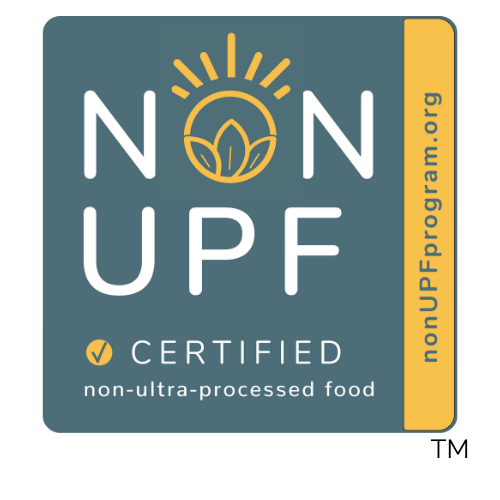
How Parents Can Take Action Against UPF
Parents have more power than they realize—not just at the ballot box, but at the grocery store. With every purchase of a minimally processed, nutrient-rich food, you’re casting a vote for your child’s health and a better food system. You’re telling companies and policymakers that you want better choices for your family—and that food shouldn’t come wrapped in plastic and contain poorly tested industrial formulations. Despite clear evidence that ultra-processed foods (UPF) now make up nearly 70% of children’s caloric intake, contributing to obesity, diabetes, ADHD, and nutrient deficiencies, our public health priorities have tilted toward pharmaceuticals and late-stage disease management.
We urgently need more funding for nutrition education, prevention-based research, and media that makes healthy eating fun and aspirational for kids—not another UPF commercial disguised as entertainment. Support legislation that funds school gardens, bans deceptive marketing to children, and supports innovative health media, such as our Super Crew multi-media.
Together, we can shift the narrative from ultra-processed foods to powerful whole foods, and from chronic disease to lifelong well-being. Let’s support lawmakers, agencies, and community leaders to invest where it matters most—our children’s plates and their future.
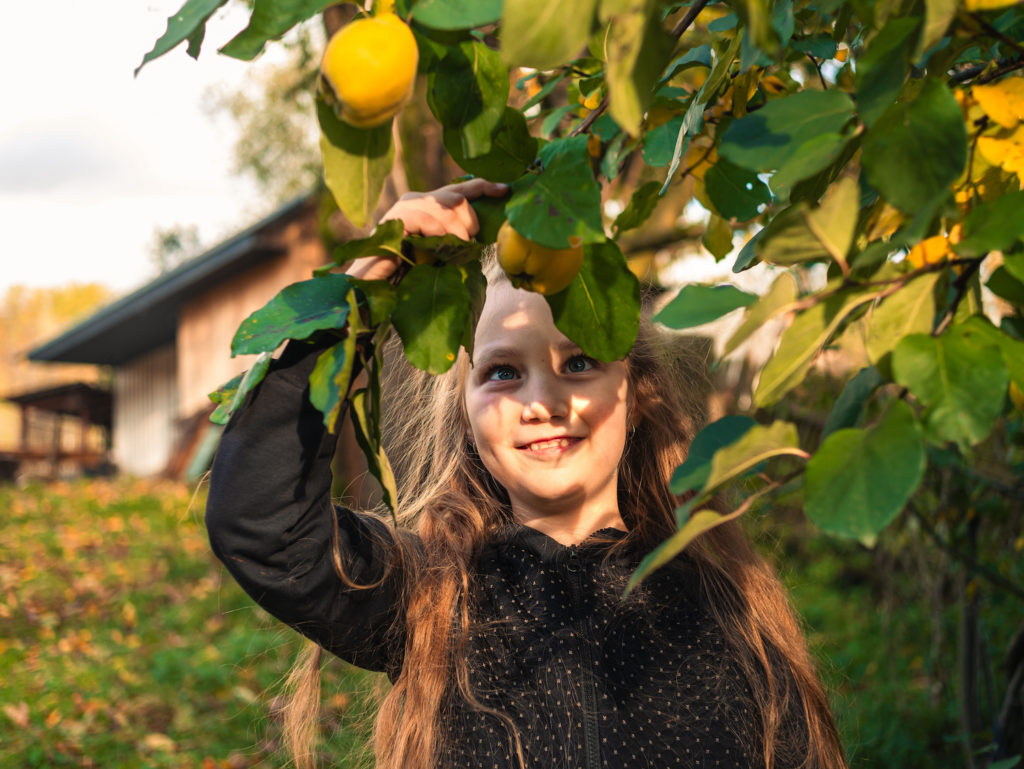
Ready to Upgrade Your Child’s Diet?
You don’t have to go it alone! If you want personalized guidance to build your child’s healthy food foundation—step by step—book an appointment with me today. Together, we’ll create a doable plan that works for your schedule and your child’s evolving taste buds. Let’s teach our kids to outsmart ultra-processed foods—with one smart swap at a time.
Learn more. Live healthier. Nourish better. Book Nutrition Counseling Now at SuperKids Nutrition

